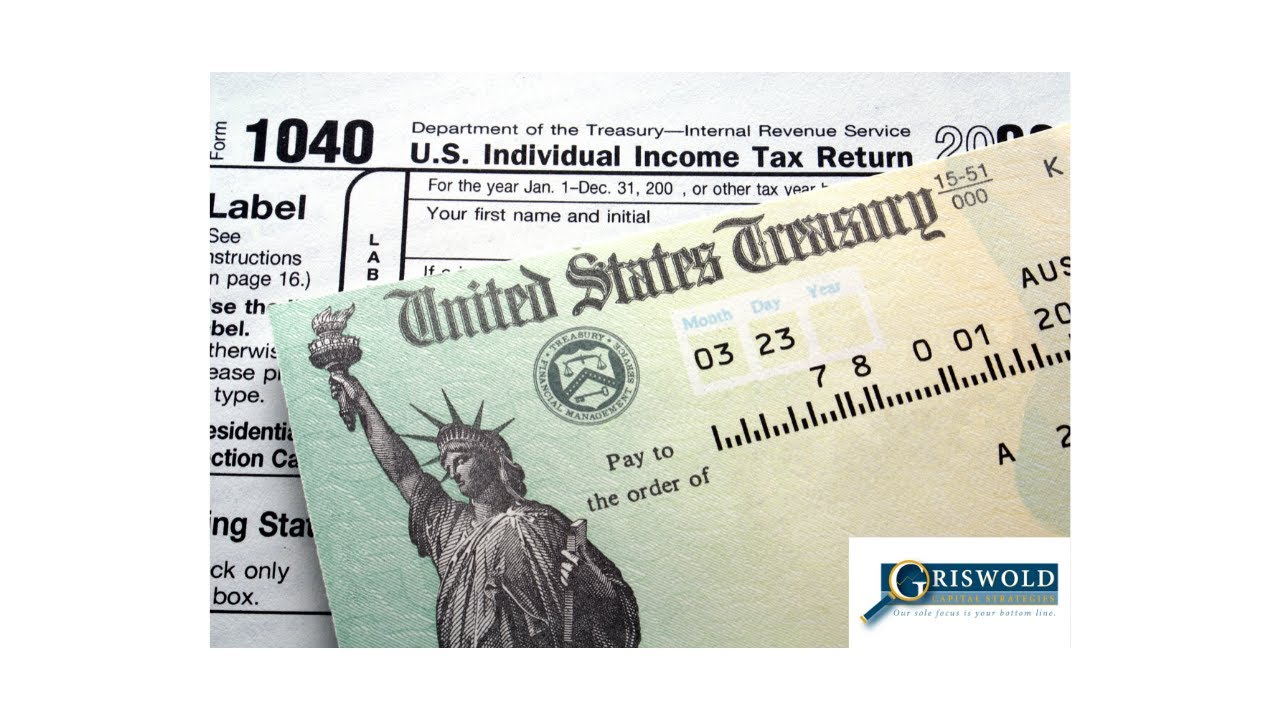
January 310 Comments
How to Track Your Tax Return with the IRS Refund Tracker in 2025: A Step-by-Step Guide
As 2025 approaches, many individuals are preparing their tax forms and eagerly anticipating their refunds.

How to Track Your Tax Return with the IRS Refund Tracker in 2025: A Step-by-Step Guide
As 2025 approaches, many individuals are preparing their tax forms and eagerly anticipating their refunds. Fortunately, the IRS provides a helpful tool known as the IRS Refund Tracker, or Where’s My Refund?, which enables taxpayers to keep an eye on the real-time status of their returns.
In this article, we will discuss how to use this service to track your tax return status, the latest updates for 2025, and how to address common issues.
What is the IRS Refund Tracker?
The IRS Refund Tracker is an online tool that allows taxpayers to monitor the progress of their tax returns. With this tool, you can check if your refund has been processed and when you can expect to receive it after filing your return.
Since its launch, the tracker has become an essential part of the tax filing experience for millions of Americans, providing reassurance and clarity during what can be a stressful time.
2025 Changes: New Features in the IRS Refund Tracker
As the 2025 tax season begins, the IRS has introduced several enhancements to improve the tracking process:
Faster Processing Times: After experiencing delays in previous years, the IRS is working to speed up processing times. If you e-filed your return, you can expect quicker updates on your refund status.
Increased Eligibility for Direct Deposit Updates: The tracker will now provide real-time updates on the delivery status of your refund, including notifications when it has been deposited into your bank account for those who opt for direct deposit.
Better User Experience: The website's interface has been redesigned to make it easier for taxpayers to navigate and quickly find the information they need.
Improved Mobile Accessibility: The IRS has enhanced the Refund Tracker's mobile usability, allowing users to check their refund status directly from their phones in a user-friendly, app-like format.
How to Use the IRS Refund Tracker
Tracking your refund with the IRS Refund Tracker is straightforward. Here’s a step-by-step guide:
Visit the IRS Refund Tracker Website
Start by going to the official Where’s My Refund? page on the IRS website: https://www.irs.gov/refunds.
Enter Your Personal Information
You’ll need to provide some essential details:
- Your Social Security Number (SSN) or Individual Taxpayer Identification Number (ITIN)
- Filing Status (Single, Married Filing Jointly, etc.)
- Exact Refund Amount (This can be found on your tax return)
Ensure that all information is entered accurately. Any mistakes may prevent the tracker from functioning correctly.
Track Your Refund
Once you’ve entered your details, the tracker will give you updates on the status of your refund. You’ll see one of three statuses:
- Return Received: The IRS has received your tax return and is still processing it.
- Refund Approved: Your refund has been approved and will be sent shortly.
- Refund Sent: Your refund has been issued and should be on its way to your bank account or mailbox.
You’ll also see an estimated date for when your refund will be issued, although this can change.
Common Problems and Troubleshooting Tips
While the IRS Refund Tracker is usually reliable, users may sometimes face issues. Here are some common problems and how to resolve them:
Error Message or No Updates
If you encounter an error message or see no updates, double-check that you’ve entered all the required information correctly. If the tool still isn’t working, it might be because the IRS is processing your return, which can take a few days after submission.
Refund Delays
Refund delays can occur, especially if the IRS needs to verify information on your tax return. If your status hasn’t changed for more than 21 days, it may be a good idea to contact the IRS for more information.
Direct Deposit Issues
If you’re receiving your refund via direct deposit, make sure to verify the bank account details you provided when filing your return. Any errors in your account number or routing number could cause issues.
When Can I Expect My Refund?
In 2025, the IRS plans to process most refunds within 21 days for those who filed electronically and opted for direct deposit. However, this timeline can change based on several factors, including:
- The complexity of your tax return
- Any errors or discrepancies in the information you provided
- Whether the IRS requires additional time to review your return
- If your return is chosen for manual review or if you filed a paper return, you should anticipate longer processing times.
Conclusion
Any taxpayer waiting for their refund should utilize the IRS return Tracker. Thanks to recent improvements made in 2025, checking the status of your return and receiving timely updates is now easier than ever. Use the IRS Refund Tracker to stay informed, file your return promptly, and be patient as the IRS processes your refund. If you encounter any issues, you can reach out to the IRS directly or explore the resources available on their website.
Always remember that providing accurate information and filing on time will help speed up the process, so make sure to double-check everything before you submit!
- IRSRefundTracker
- TaxSeasonTips
- IRSRefundStatus
- TrackYourRefund
- TaxRefund2025

Comments